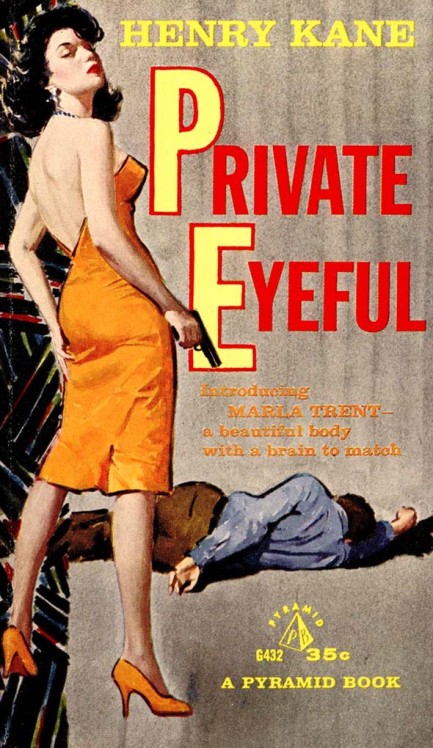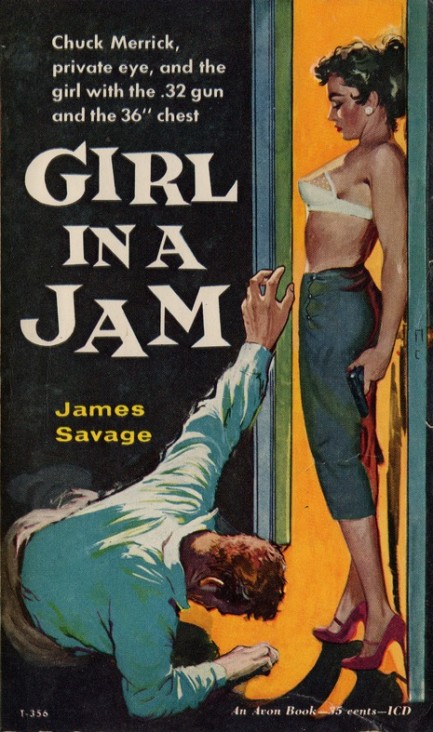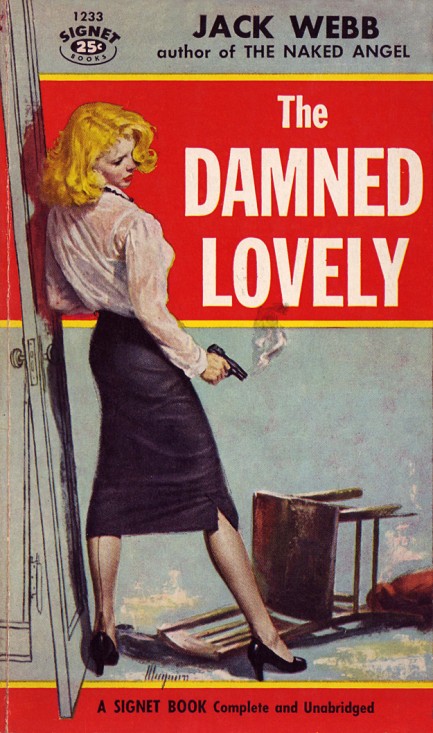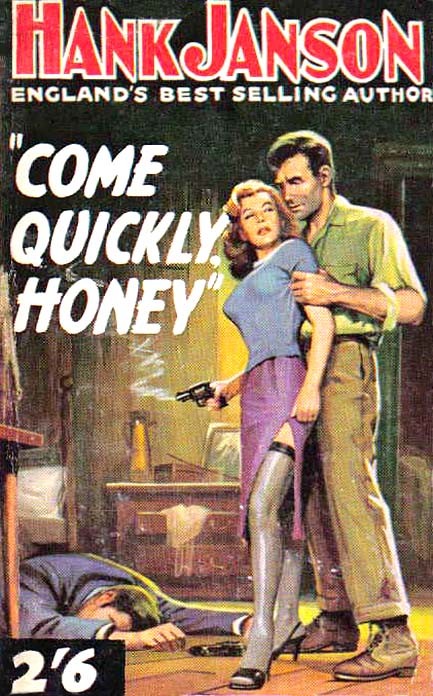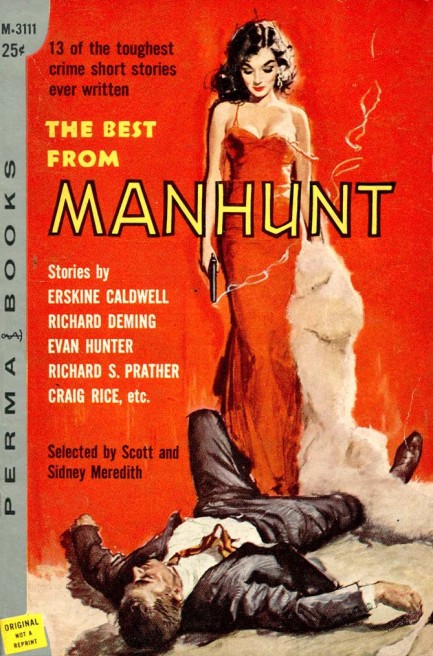| Vintage Pulp | Mar 13 2020 |

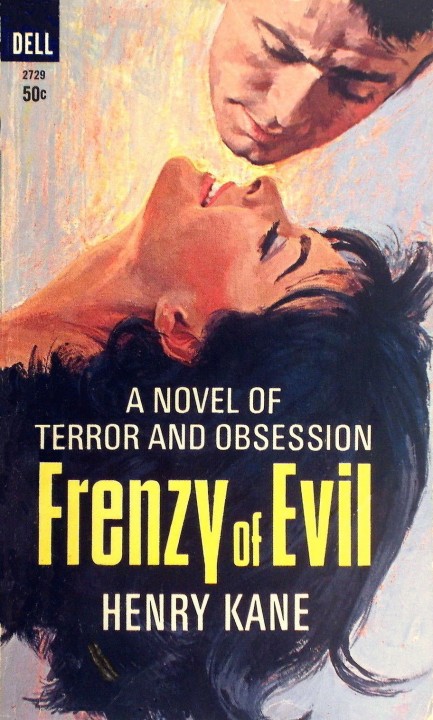
For a novel of terror and obsession Henry Kane's 1963 thriller Frenzy of Evil has a pretty cheery cover. Apparently being evil is unmitigated joy. Obviously, this is another one of those paintings that was made independently of the book, then grabbed because it was available. It's jarringly out of sync with the title, as well as the story. What you get here is a rather elegantly written tale about a rich old guy and his hot young wife, and the dark road his jealousy and sadism carry him down. Basically, he's convinced she's cheating and decides to murder her bedmate—as soon as he figures out who it is. The funny part is she isn't cheating at all. But the main character is so amoral that the possibility of her fidelity never occurs to him. His mistaken assumption foreshadows several other errors, including a crucial one concerning the identity of his wife's not-really-lover. The story is filled out by numerous other characters, some of whom have their own demons and problems that might push them to consider murder too. Enjoyable stuff from Kane. Our first book from him, but probably not our last.
| Vintage Pulp | Oct 6 2018 |

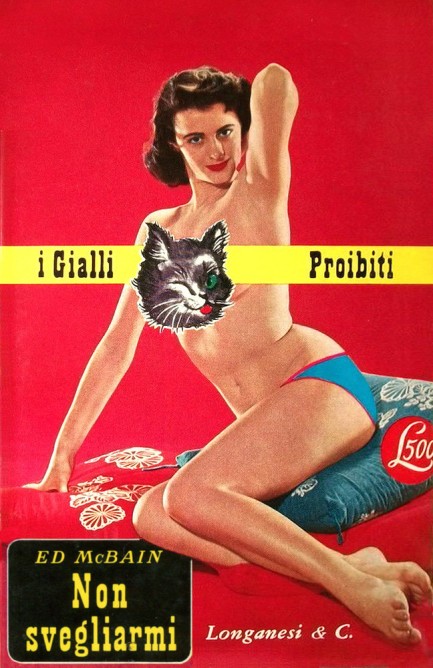
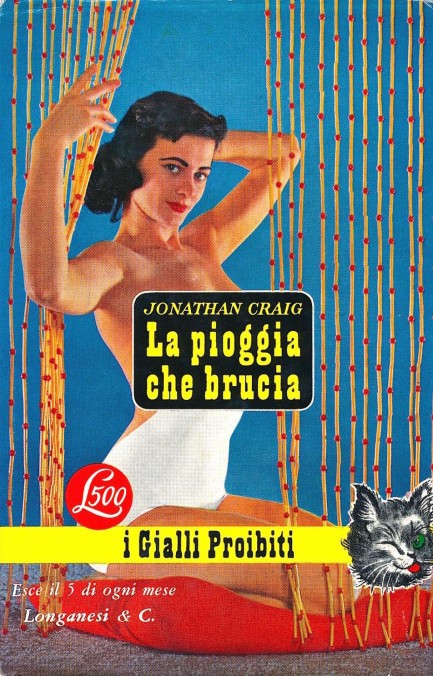
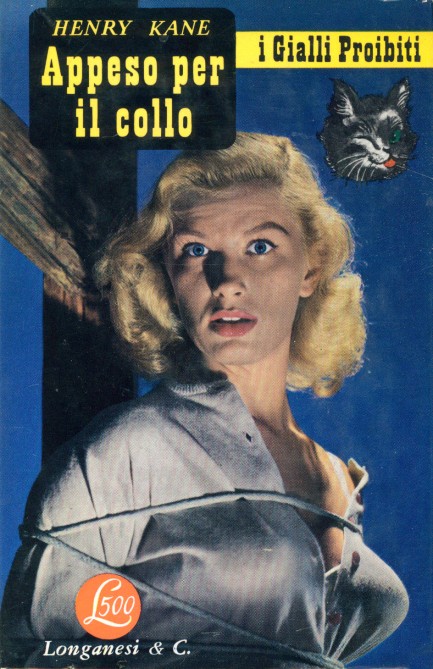
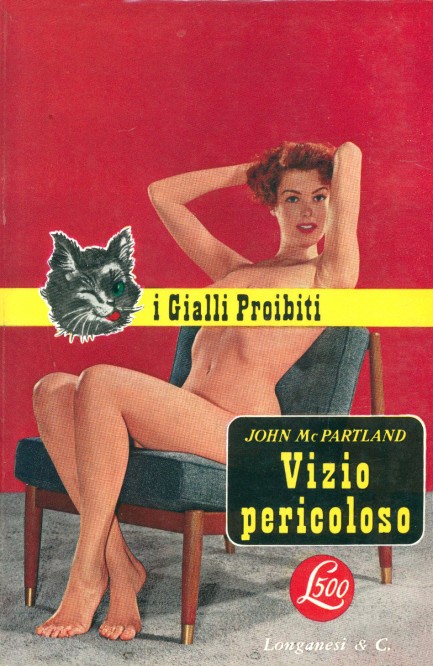

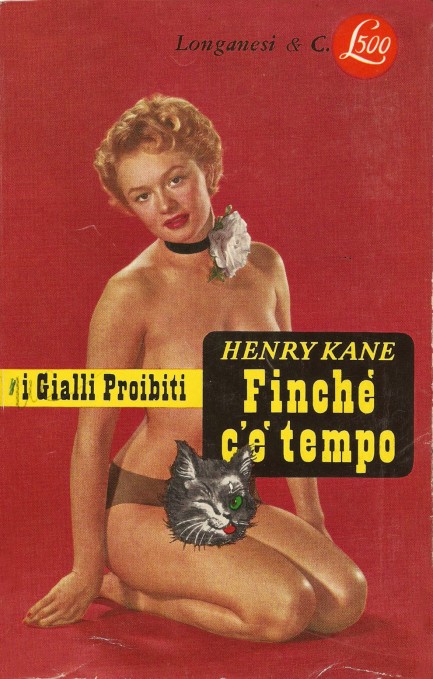
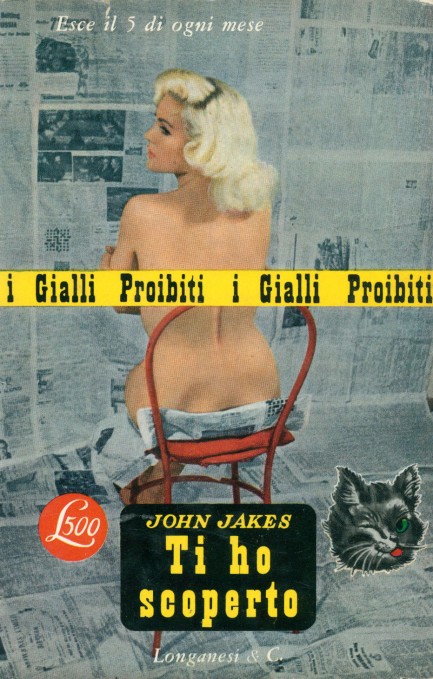
| Vintage Pulp | Jul 30 2018 |

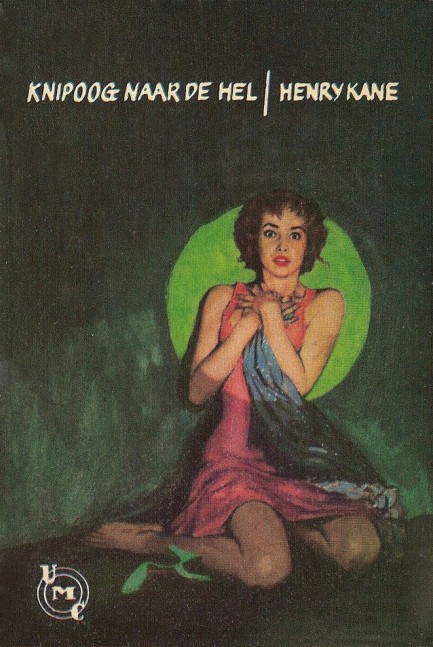
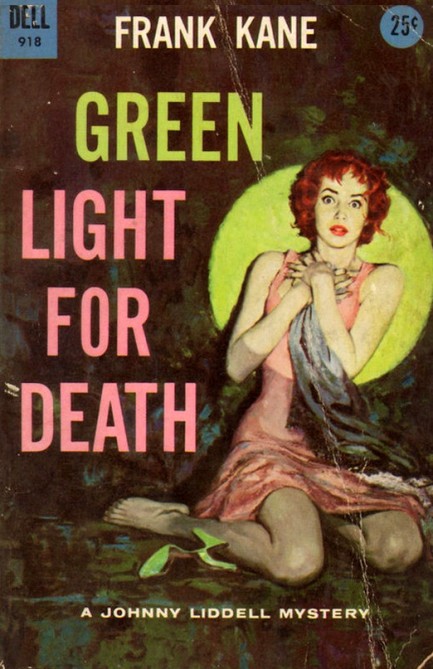 So here we go again. Is the copy by Kalin? Was it licensed? In this case, we think the art is Kalin's original, rather than a knock off by some random unknown, because the actual figure is identical, though the background has been replaced and the spotlight has a marginally different outline. Perhaps this was licensed and Kalin actually got paid, but we doubt it. Why bother to change it in that case? More likely it was appropriated via the use of a good camera, a crisp negative, and a little retouching. Whatever the case may be, we really like this piece.
So here we go again. Is the copy by Kalin? Was it licensed? In this case, we think the art is Kalin's original, rather than a knock off by some random unknown, because the actual figure is identical, though the background has been replaced and the spotlight has a marginally different outline. Perhaps this was licensed and Kalin actually got paid, but we doubt it. Why bother to change it in that case? More likely it was appropriated via the use of a good camera, a crisp negative, and a little retouching. Whatever the case may be, we really like this piece.| Vintage Pulp | Dec 10 2017 |

Below you see covers featuring characters who died suspended by their necks. Were they suicides? Murder victims? Hint: the books wouldn't be very interesting if they were suicides. There are others we could share, but thirty feet sounded nicer than thirty six or thirty eight. Maybe we'll add more later. For now see two in the same style here and here.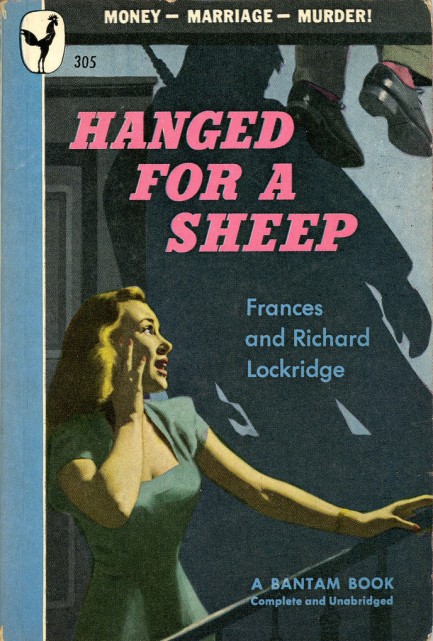
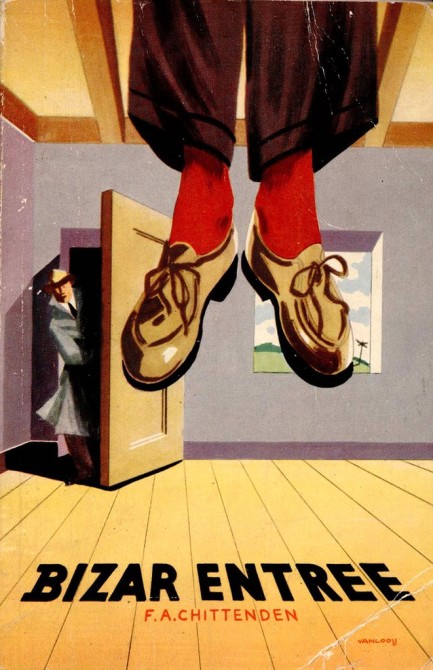
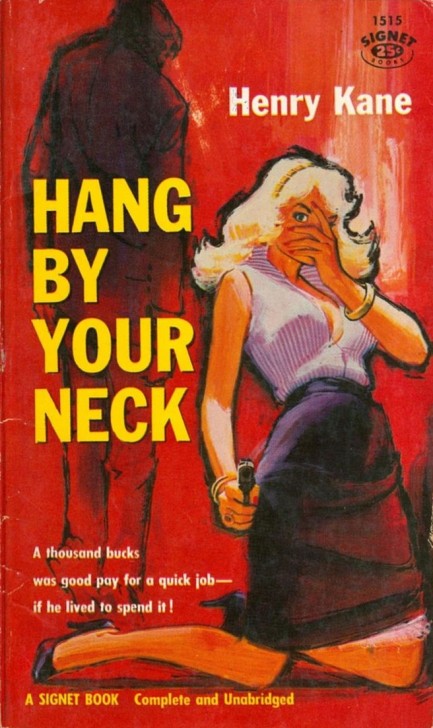
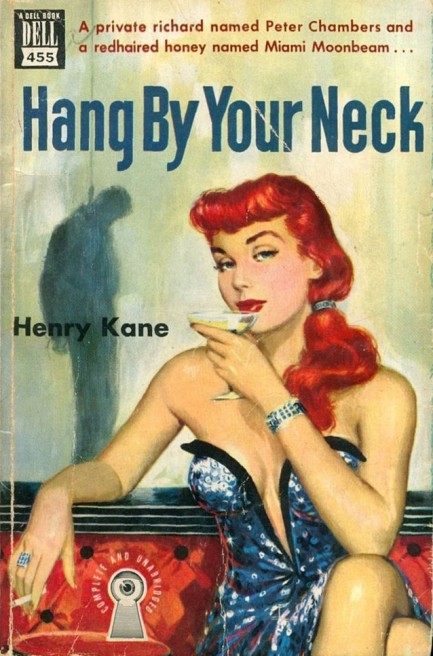
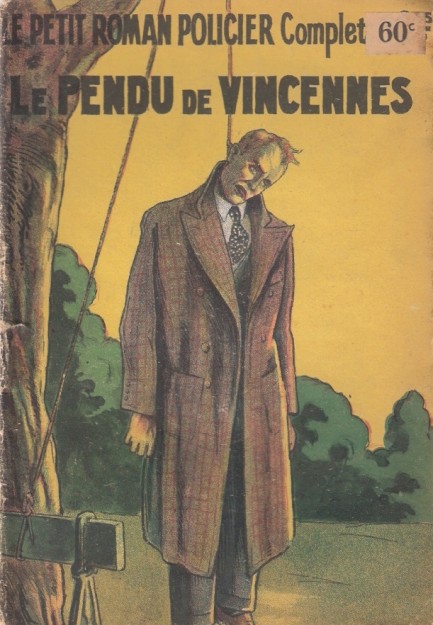
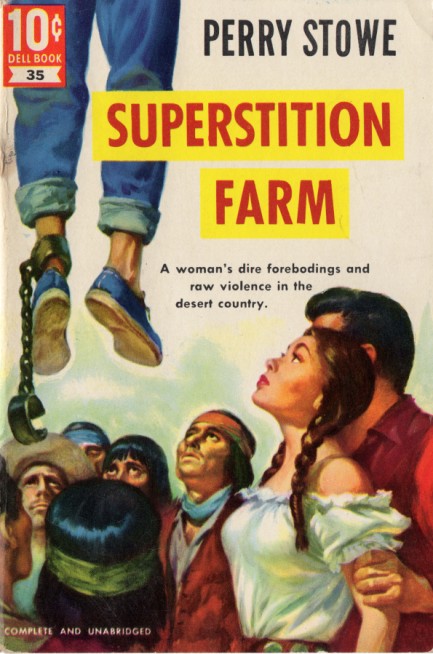
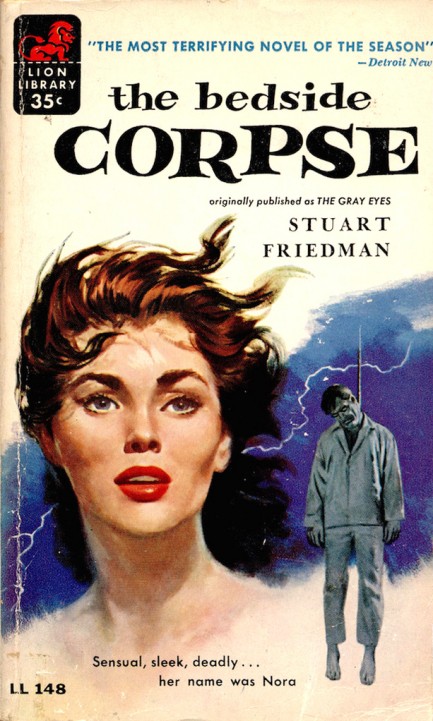
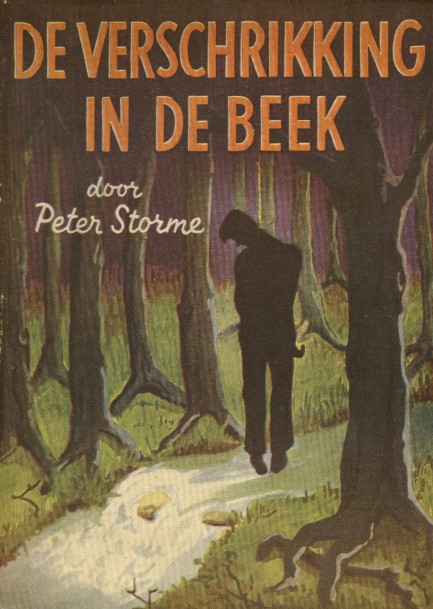
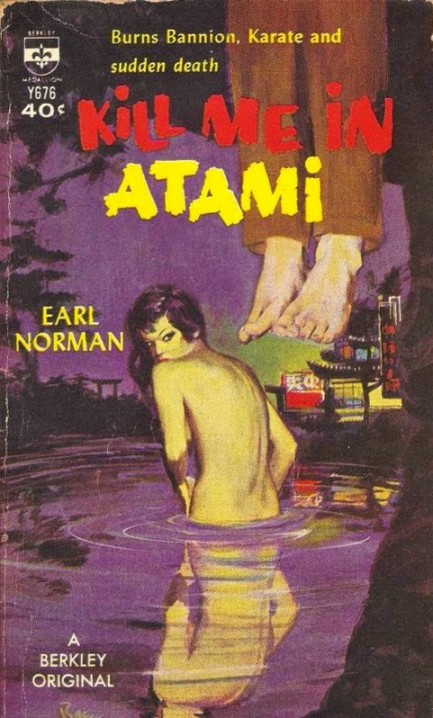
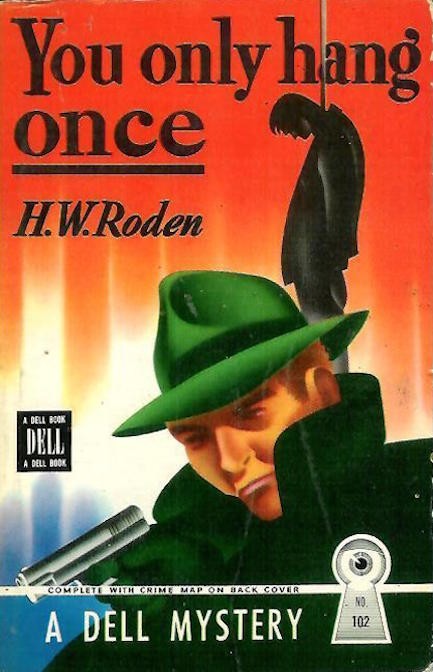
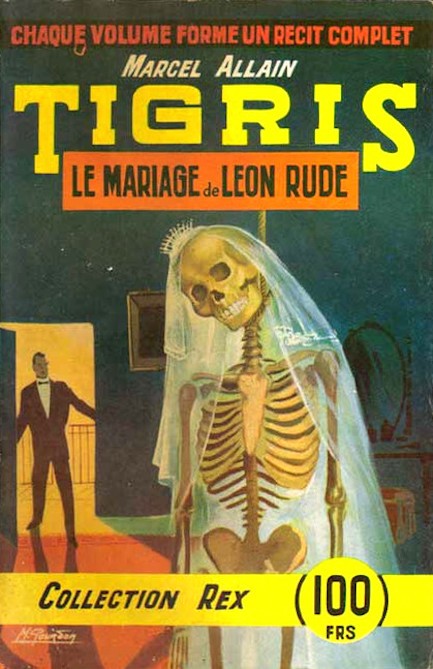
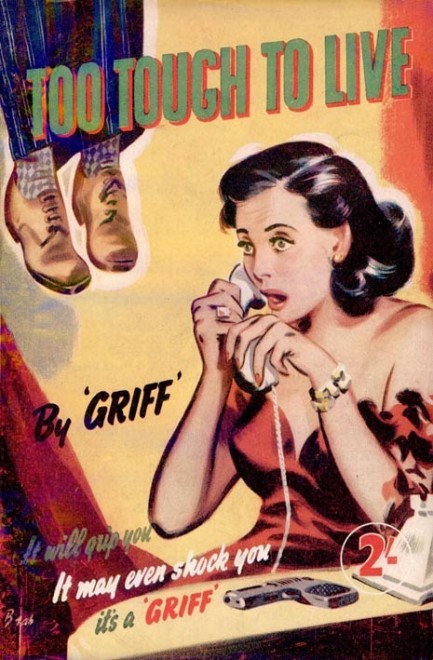
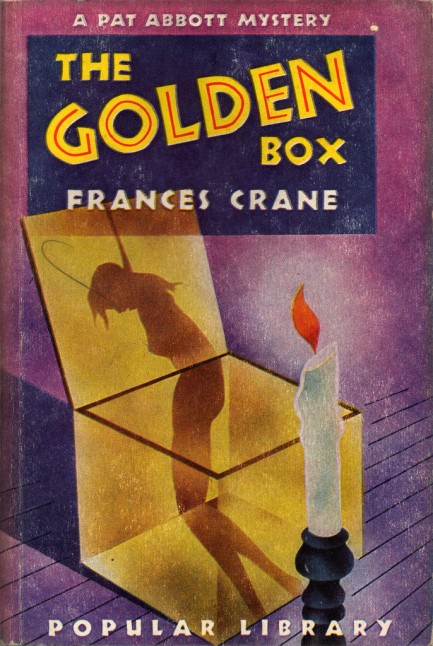
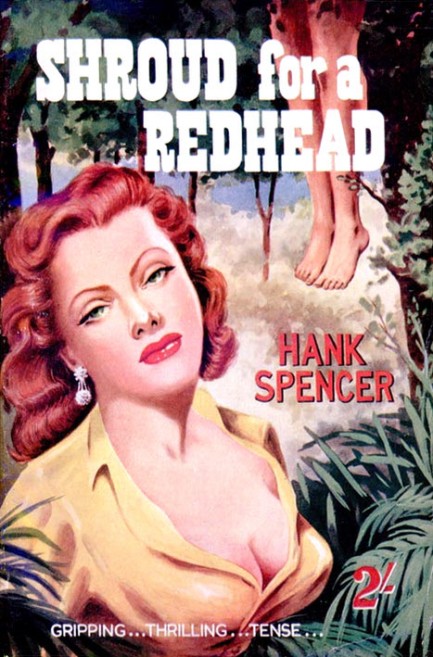
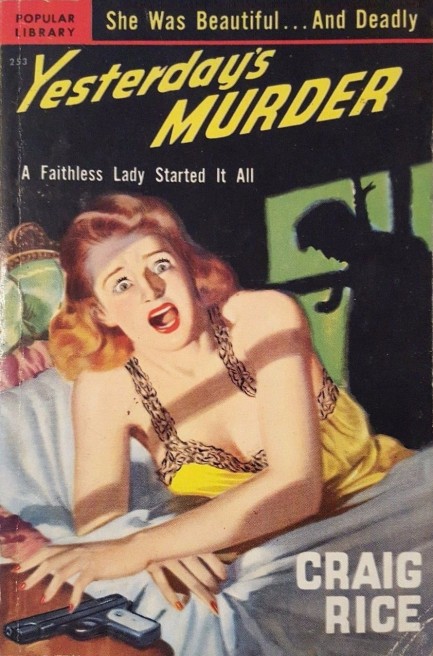
| Vintage Pulp | Jul 10 2014 |

We’ve compiled a collection of Bob Abbett covers, something we should have done years ago. Throughout the 1950s, 1960s and 1970s, working in a couple of distinct styles, he produced some of the most striking book fronts to be found on newsstands. See eighteen pieces of evidence below.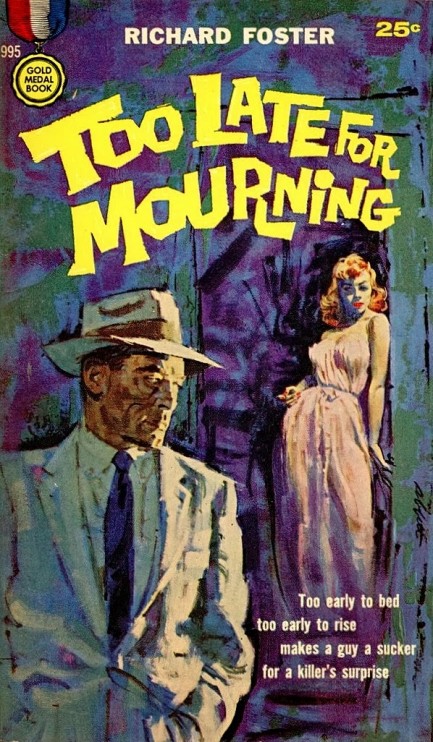
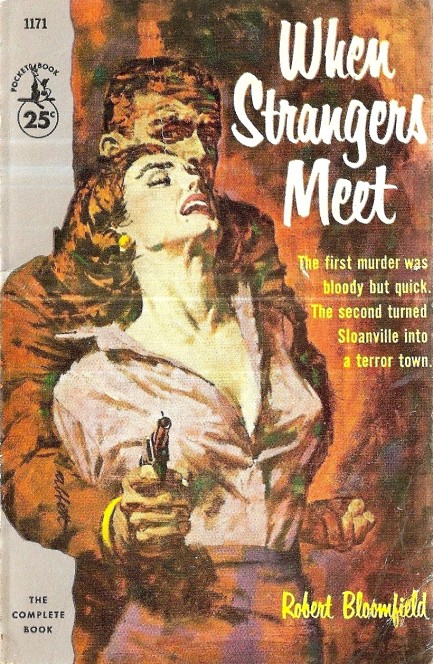
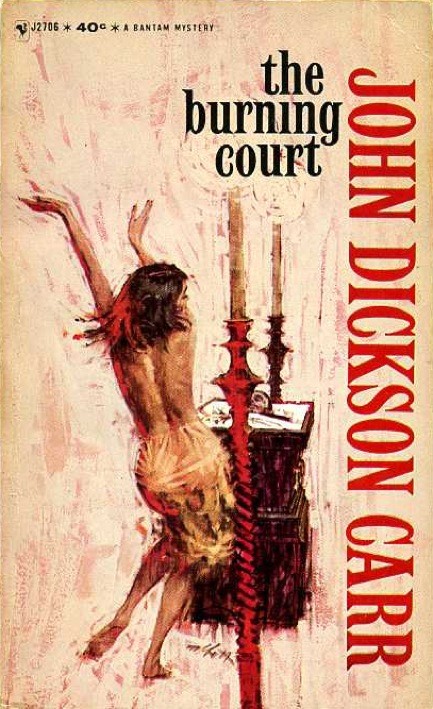
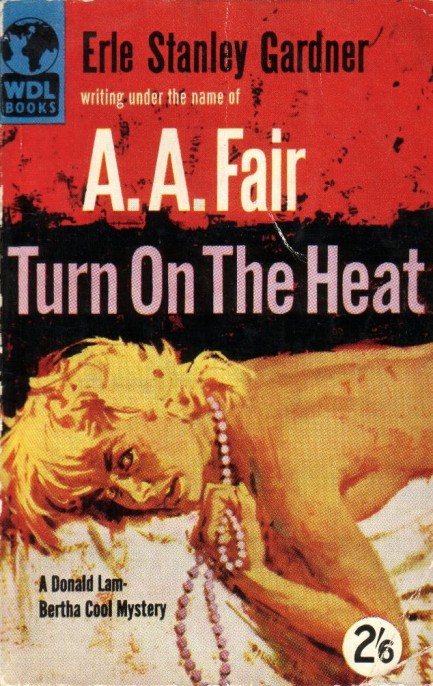
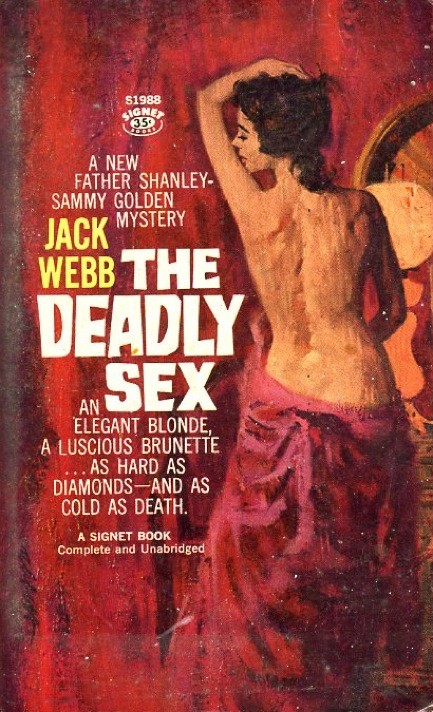

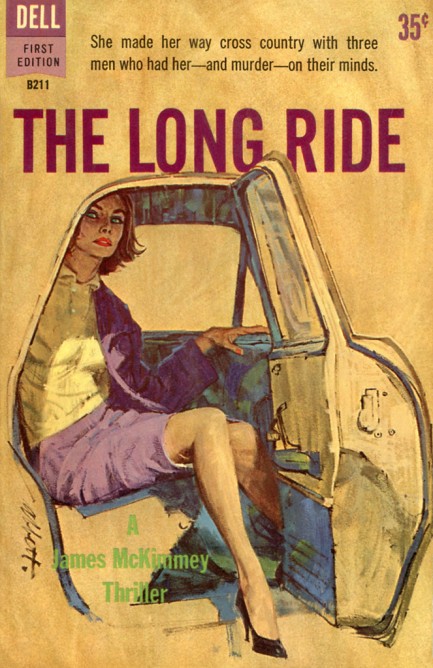
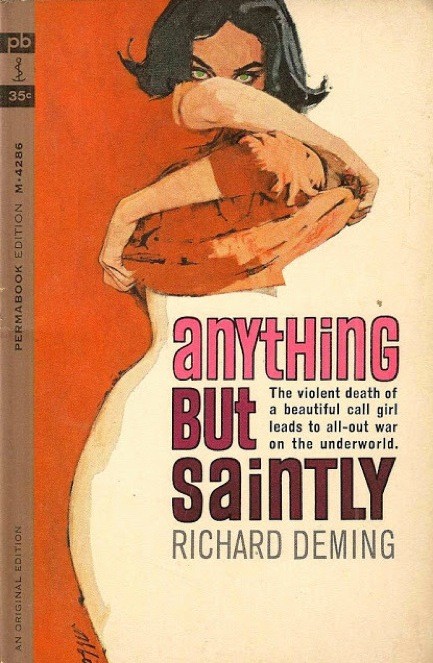
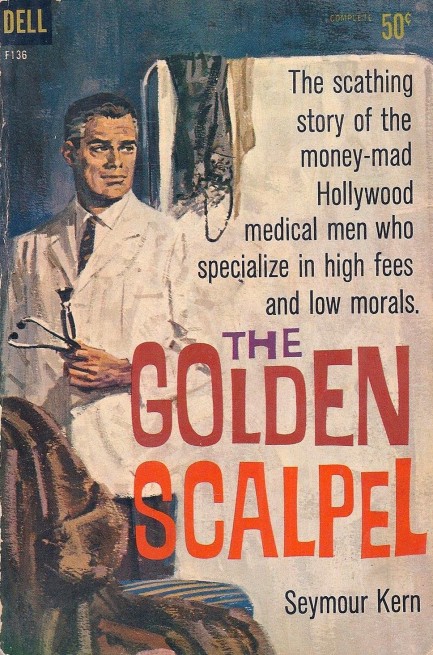
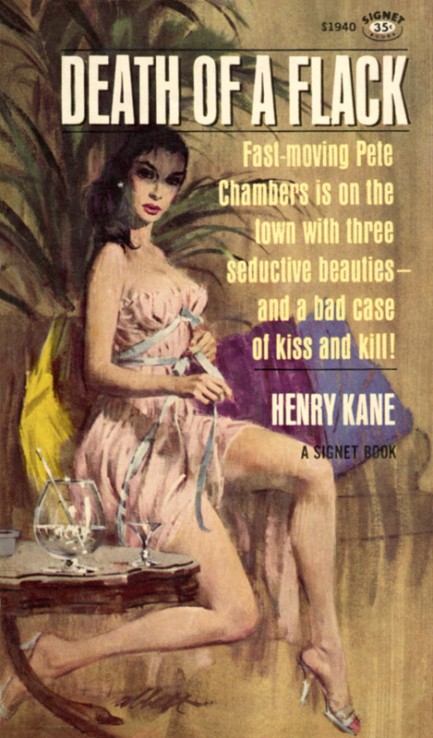
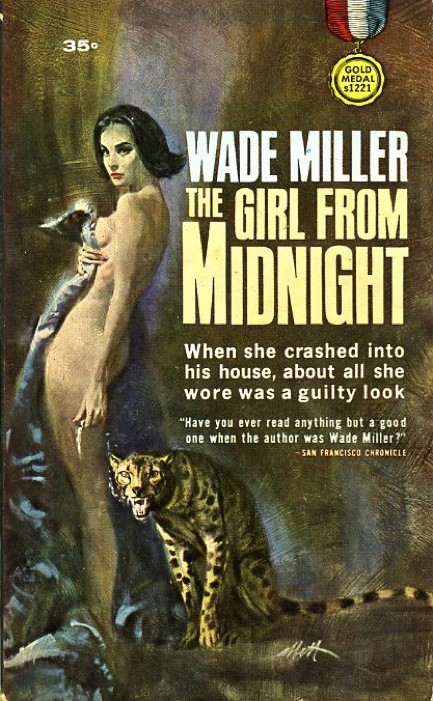
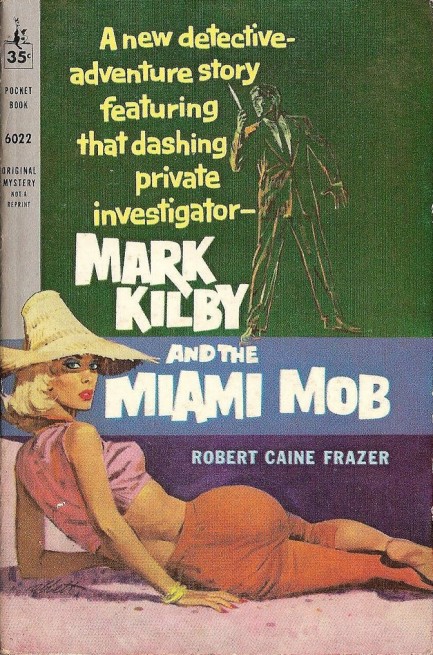
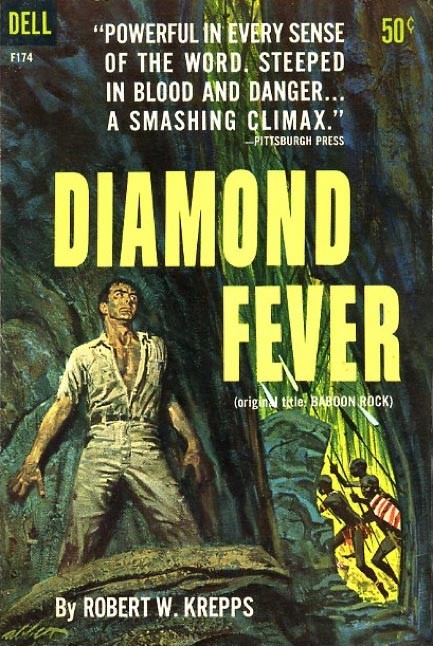
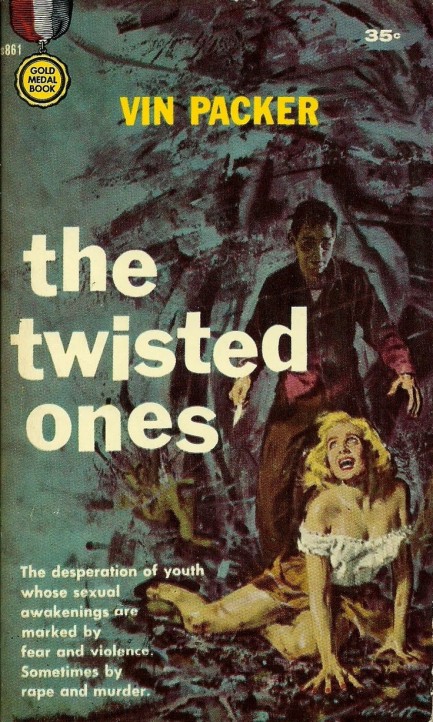
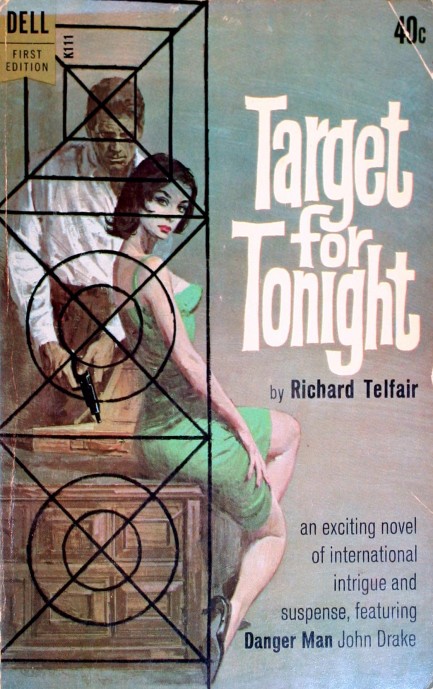
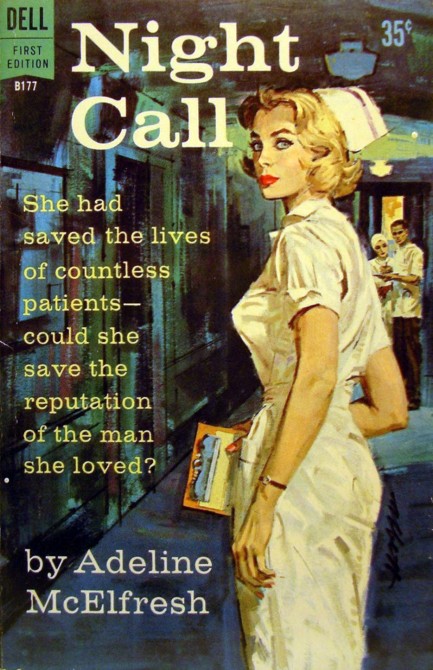
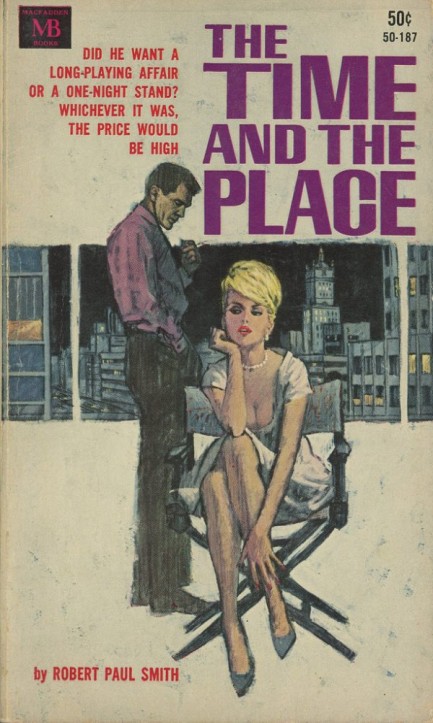
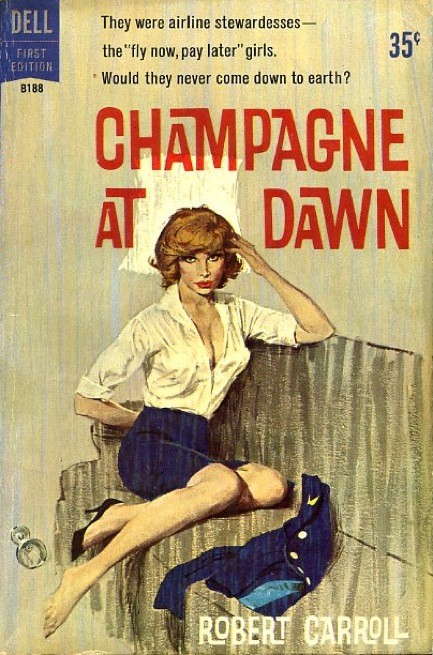
| Vintage Pulp | Jun 12 2013 |

A few years ago we shared a collection of pulp covers featuring women holding smoking guns. Most of them, but not all, were standing over dead victims. Today we decided to revisit the idea, but this time feature only women standing over men they’ve just gunned down. We found many examples, but these are five of the best. Kind thanks to the original uploaders.